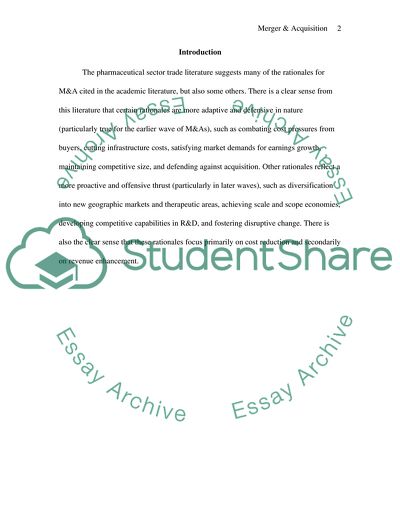Cite this document
(“Merger & Acquisition in Pharmaceutical Industry Dissertation”, n.d.)
Retrieved from https://studentshare.org/medical-science/1538576-merger-acquisition-in-pharmaceutical-industry
Retrieved from https://studentshare.org/medical-science/1538576-merger-acquisition-in-pharmaceutical-industry
(Merger & Acquisition in Pharmaceutical Industry Dissertation)
https://studentshare.org/medical-science/1538576-merger-acquisition-in-pharmaceutical-industry.
https://studentshare.org/medical-science/1538576-merger-acquisition-in-pharmaceutical-industry.
“Merger & Acquisition in Pharmaceutical Industry Dissertation”, n.d. https://studentshare.org/medical-science/1538576-merger-acquisition-in-pharmaceutical-industry.


